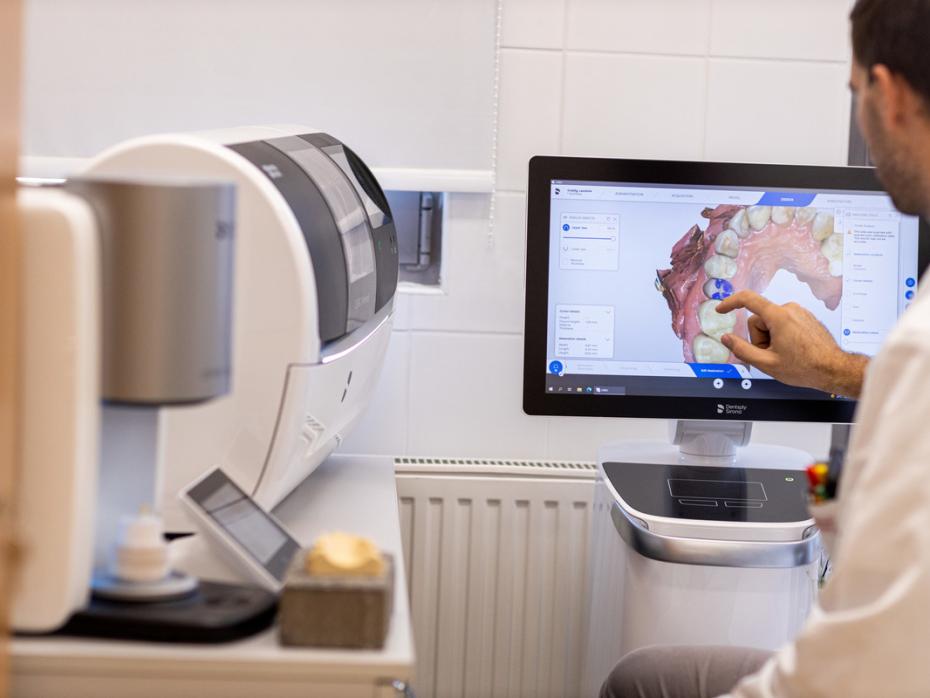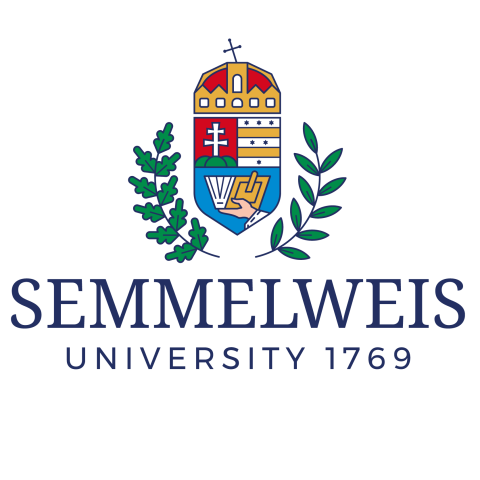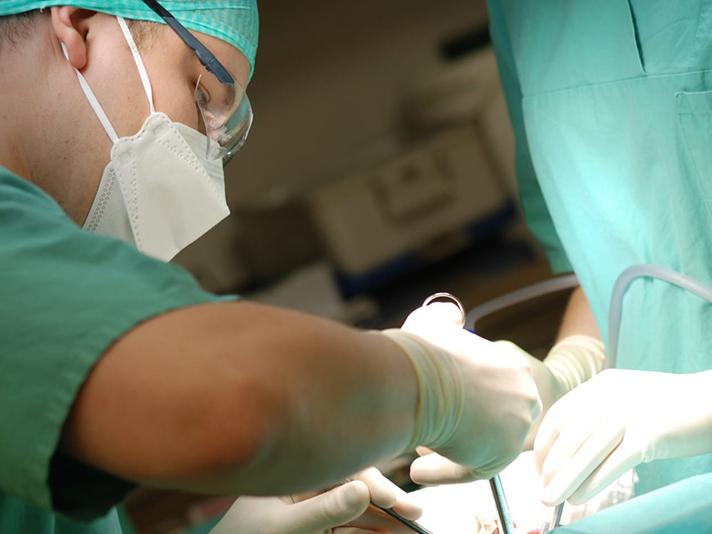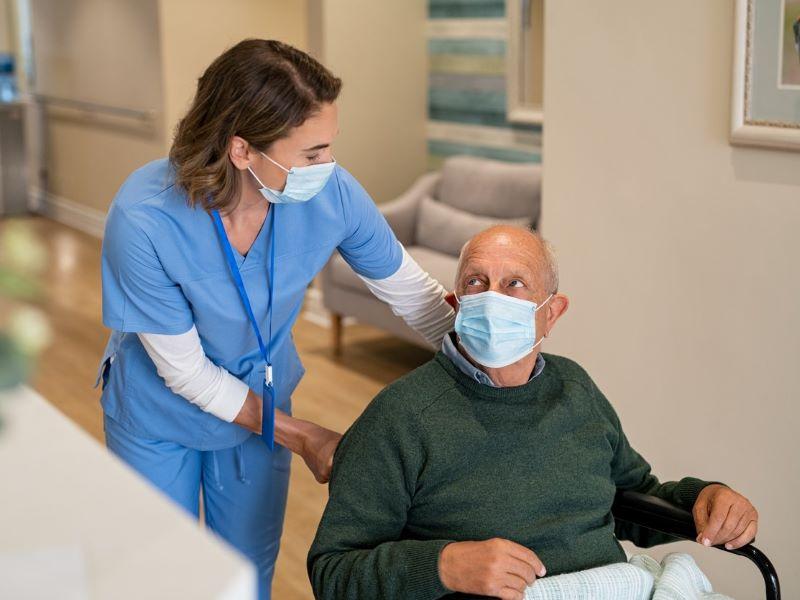
An inter-university and interdisciplinary approach to dental education
Interdisciplinarity
Sponsored by

Advice for bringing together multiple academic disciplines into one project or approach, examples of interdisciplinary collaboration done well and how to put interdisciplinarity into practice in research, teaching, leadership and impact
Digital technologies have significantly transformed the world of dentistry and dental workflow over the past decade. But it is not only dental education that has needed to adapt; it is also healthcare design and engineering.
At the Faculty of Dentistry of Semmelweis University in Budapest, we recognised the need for interdisciplinary collaboration early on. That is why, in 2022, in cooperation with the John von Neumann University of Kecskemét, we launched a digital dental design bachelor’s degree.
Benefits and challenges of collaborating across disciplines
Throughout the training, engineering and medical skills are built on each other to create a body of knowledge that can be used in the highly specialised field of digital dentistry. This close cooperation has also required a significant degree of synchronisation between the universities in the areas of student records and administration.
- How to train world-champion cardiologists
- Spotlight guide: A focus on interdisciplinarity in teaching
- Teaching within virtual reality worlds: what, why and when
It was necessary to put in place a cooperation agreement between the two universities. This clarified that the aggregate data of the subjects taught by the two universities would be managed by Semmelweis University for each student, established a common final examination system and synchronised the diploma thesis procedure.
The course takes six semesters. Students complete 180 credits of course units. Part-time training has been deemed the most effective for this type of course. This means one week of face-to-face classes per month during the semesters for our students. Of this, 66 per cent is courses in medicine and healthcare taught by Semmelweis University and 34 per cent is undergraduate courses in basic engineering taught by John von Neumann University.
In addition, students can decide at enrolment whether they wish to attend a dental technician course at Bókay School of Semmelweis University for the remaining three weeks of the month. If a student takes advantage of this opportunity, they can earn a degree as a dental technician and a digital dental designer at the same time. For our students who are not enrolled in the dental technician programme, the part-time nature of the training provides an opportunity to work alongside their university studies.
Part-time training focused on practice
The part-time training itself was a big challenge for the university’s lecturers because the Faculty of Dentistry had not had this type of delivery before. This field requires a strong focus on practical training, so we use a variety of online training platforms to motivate our students to continue their preparation and learning even during the weeks of distance learning. Contact hours are largely conducted in our demonstration labs and digital labs. We try to give our students the opportunity to learn how to use as much digital dental design software as possible, as well as to learn about manufacturing through additive and subtractive processes.
Building and installing the necessary infrastructure was our first task when we started the course. Since then, the computer workstations, intraoral scanners, CAD software, milling units and 3D printers have not only helped to train digital dental designers, but have also become tools for undergraduate and postgraduate dental students as well as for several continuing education courses.
During the weeks of distance learning, our students complete a variety of tasks. They are required to write classic essays on the main topics of each subject, and they have to complete CAD and 3D modelling software assignments. From the fifth semester onwards, training digital dental designers can improve the quality of care provided to patients treated by dental students. Intraoral scanners will be used to make the corresponding impressions of the teeth that dental students prepare in their practices. These are then used by digital dental design students to design bridges and crowns for temporary restorations. The designs are approved by our instructors and can be fabricated by the next practice, most often using additive technology. We expect these assignments and online communication to prepare our students for future work at home or remotely.
Complementary skills and a joint degree
As a result of the cooperation between the two universities, students who successfully complete the requirements will receive a diploma jointly awarded by Semmelweis and John von Neumann universities at the end of their studies.
Digital dental designers will be able to support dental teams across the whole spectrum of dentistry, whether for prosthodontics, orthodontics oral surgery or periodontics. They will be able to assist in the digitalisation of dental practices and dental laboratories, and their knowledge will contribute to the efficient operation and innovation of digital technologies and tools in all areas of dentistry.
Péter Hermann is vice-rector of education, head of the department of prosthodontics, and founder and head of the digital dental designer bachelor’s degree programme, and Szandra Körmendi is a senior lecturer in the department of prosthodontics and deputy head of the digital dental designer bachelor’s degree programme; both are at Semmelweis University, Budapest.
If you would like advice and insight from academics and university staff delivered direct to your inbox each week, sign up for the Campus newsletter.
Interdisciplinarity
Sponsored by




